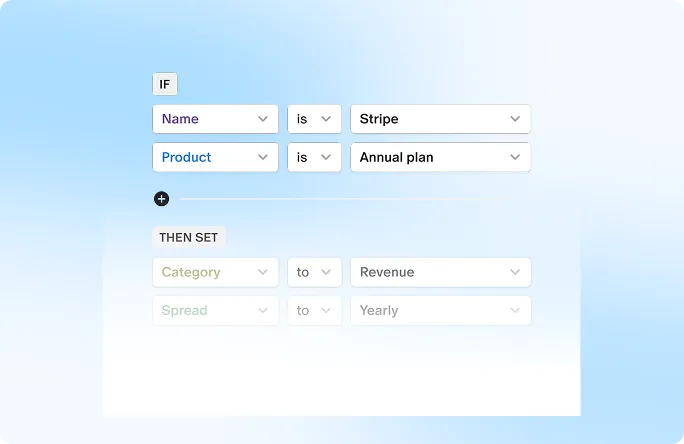As startups evolve, their cap tables become increasingly complex, tracking everything from equity ownership to financing rounds and employee stock options. A well-organized cap table is vital for maintaining transparency and securing investor trust. Investors scrutinize this document during due diligence to assess ownership structures and the company's ability to manage equity efficiently. A poorly managed cap table can lead to legal complications and hinder fundraising efforts.
This article explores five essential ways to effectively manage a growing cap table, ensuring founders stay prepared as their businesses scale.
8 Essential Strategies to Manage a Growing Cap Table for Startups
A cap table records the ownership structure of a company, including details of shares held by founders, employees, and investors. It evolves as new rounds of funding or equity distributions occur, requiring constant updates to reflect changes like stock issuances, transfers, and option exercises. Effective management of a cap table is crucial to maintaining accuracy in ownership data and ensuring smooth business operations.
Here are some of the best strategies for managing a growing cap table effectively:
1. Track Equity Ownership Accurately
Understanding who owns what is fundamental to managing a cap table. This includes knowing details about founder shares, employee options, and investor stakes. An organized, well-maintained cap table helps you track all equity components, ensuring there are no discrepancies that might complicate future transactions or negotiations.
2. Regularly Update the Cap Table
Every transaction, whether it's issuing new shares, granting options, or executing transfers, must be reflected in the cap table immediately. Keeping it current reduces the risk of costly mistakes, particularly during fundraising rounds or exit events, and ensures you have a clear view of your ownership structure at all times.
3. Centralize Data for Accessibility
Managing equity across multiple platforms or spreadsheets can cause confusion. Centralizing all cap table data in one platform ensures that authorized personnel, from legal teams to investors, can access the latest information easily. This promotes transparency and minimizes the risk of errors when multiple stakeholders need to review cap table details.
4. Ensure Legal and Regulatory Compliance
Cap tables must comply with legal requirements, including securities laws and shareholder agreements. Keeping on top of compliance involves tracking legal obligations like vesting schedules, employee equity grants, and regulatory filings. Staying compliant mitigates risks and ensures that your business avoids costly legal complications.
5. Reassess After Valuation Events
After key valuation events, such as funding rounds or 409A valuations, your cap table needs to reflect the new realities of ownership percentages. Conducting annual reviews after these events ensures your cap table aligns with the company's updated market value, giving stakeholders a clear view of their holdings post-valuation.
6. Manage Post-Employment Equity Efficiently
When employees leave, their equity must be properly adjusted on the cap table. This might involve terminating unvested options, exercising vested options, or reallocating equity from the employee to other shareholders. Managing these changes swiftly prevents confusion and keeps your ownership structure accurate.
7. Engage with Investors and Shareholders
Transparency with investors and shareholders is key. Providing regular updates after significant equity-related events, such as financing rounds or new grants, keeps them informed and maintains their confidence in the company's management. Regular communication ensures all stakeholders understand their current positions.
8. Conduct Routine Cap Table Audits
Periodic audits of the cap table ensure that any inconsistencies or errors are caught early. Regular reviews help confirm that all equity transactions have been properly documented and aligned with legal agreements, minimizing the risk of surprises during future audits or due diligence processes.
Conclusion
Effectively managing a growing cap table is not just a matter of keeping records it plays a pivotal role in the financial health and operational success of a company. As businesses scale and new equity events unfold, the complexity of the cap table increases, making it vital to stay organized and compliant. Adopting these strategies will help founders maintain a clean, transparent cap table that instills confidence in investors and ensures smooth equity transactions.
Is your cap table becoming harder to manage as your company grows? Qapita can help you streamline the process, ensuring everything stays accurate, compliant, and easy to manage as your business grows.


 Equity management
Equity management

 Fund management
Fund management

 Fund management
Fund management

 Fund management
Fund management






































